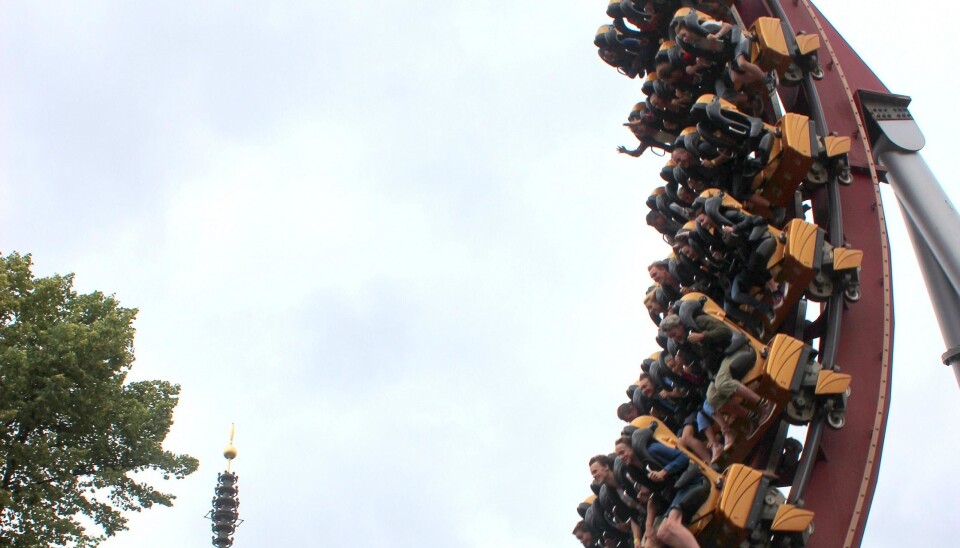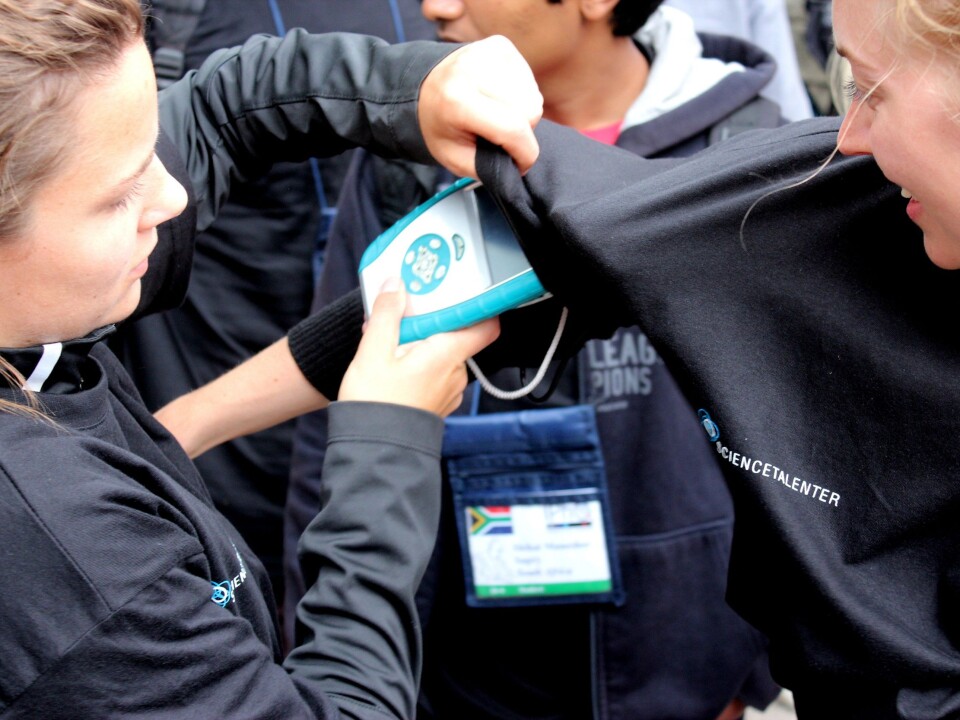
Young physicists test skills in amusement park
Where should you sit in a roller coaster to get the wildest ride? What is the density of candyfloss? These were some of the challenges at the International Physics Olympiad 2013, which saw contestants testing their skills in Copenhagen’s Tivoli Gardens.
What do young physicists do on a day off? They carry out experiments, of course.
And that’s something we can all benefit from, because who wouldn’t want to know the ideal place to sit in a roller coaster to get the wildest ride? And just how fast does a roller coaster go?
Coinciding with the 100th anniversary of Niels Bohr’s atomic model, this year’s International Physics Olympiad, part of which was held in the Copenhagen’s famous Tivoli Gardens amusement park last week.
In the first heat, participants were asked to figure out the ideal place to sit in a roller coaster by fitting themselves with an accelerometer on their arms while doing test runs on the roller coaster.

“Many of the participants are not used to doing physics this way. They’re used to sitting inside solving problems in a book. We organised this event to show another side of physics,” says Hanne Hautop, the head of Sciencetalenter, which organised the event.
Roller coaster yields a g-force of 4
’Dæmonen’ (The Demon) is a floorless full-circuit roller coaster at Tivoli. The experiments revealed that you get the wildest ride on the Demon if you sit at the very back. The roller coaster reaches a speed of 77 kph, yielding g-forces similar to those experienced when braking hard in a Formula 1 car.
An accelerometer that measured the acceleration in all directions provided the young physicists with three graphs and lots of numbers to calculate.
Another, perhaps slightly less adrenaline-fuelled, experiment consisted of determining the density of candyfloss. This is not as simple as it may appear, so the students were provided with measuring cups, weights and string, so they could find a creative way of solving the challenge.

The answer, it turned out, was that candyfloss has a density of 0.018g/cm3. For comparison, water has a density of 1g/cm3.
But why travel all the way to a Danish amusement park to figure this out?
“In a way, today is just a day off for the participants. They spent the entire day yesterday solving physics problems at a local high school, and today the teachers are marking the assignments ahead of the ‘real’ physics experiments which start tomorrow,” says Hautop.
Physics Olympiad gives access to the best universities
Some 435 participants from 83 countries took part in this year’s event.
The winners get a medal and the recognition associated with it. This may not sound like a lot, but according to Hautop, it is:
“There’s a lot at stake for the participants. In many countries, victory here gives access to the best universities, and it will also help them in their search for scholarships.”
The International Physics Olympiad (IPhO) is an annual physics competition for high school students. The first IPhO was held in Poland in 1967.
The overall winner of this year’s IPhO was Attila Szabó from Hungary.
-----------------------
Read the Danish version of this article at videnskab.dk




